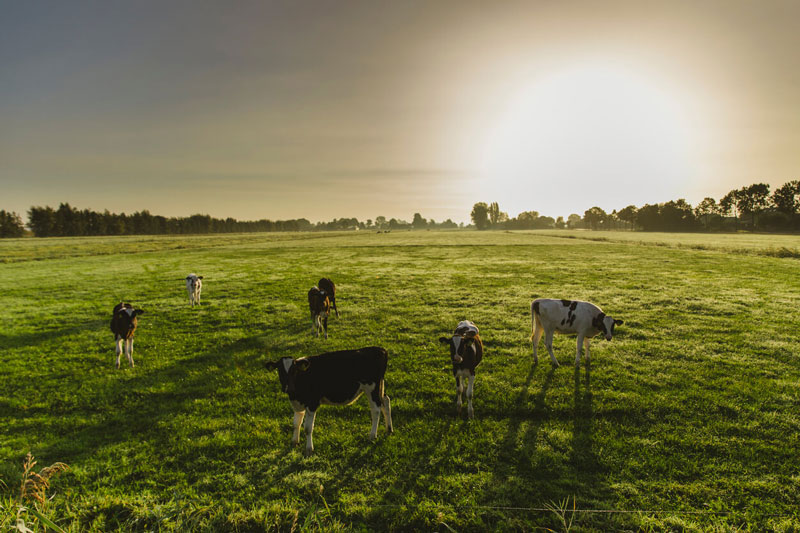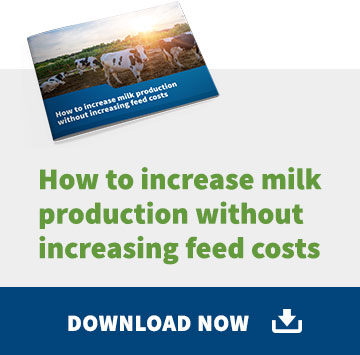For every dairy farmer, the costs and pressure of keeping up with environmental legislation are only going up. The Resource Management Act sets a high bar in promoting the sustainable management of natural and physical resources such as land and water. Local bodies have considerable powers under the RMA to enforce compliance.
That’s why effluent management systems are a fact of life for dairy farmers now, and having one you can trust to keep you on the right side of the rules is essential. You also want one that makes the most of the liquid gold your cows leave behind.
Every dairy farm needs a well-designed and installed effluent system that can safely store waste when it’s too wet or otherwise to spread it, and then dispose of it in large quantities when conditions suit.
Consent conditions for effluent disposal are tightening around the country. If you are considering a dairy conversion, get in touch with your regional and district council in the early stages of planning to ensure your effluent management system is not only adequate but future-proof as well.
For every dairy farmer, the costs and pressure of keeping up with environmental legislation are only going up. The Resource Management Act sets a high bar in promoting the sustainable management of natural and physical resources such as land and water. Local bodies have considerable powers under the RMA to enforce compliance.
That’s why effluent management systems are a fact of life for dairy farmers now, and having one you can trust to keep you on the right side of the rules is essential. You also want one that makes the most of the liquid gold your cows leave behind.
Every dairy farm needs a well-designed and installed effluent system that can safely store waste when it’s too wet or otherwise to spread it, and then dispose of it in large quantities when conditions suit.
Consent conditions for effluent disposal are tightening around the country. If you are considering a dairy conversion, get in touch with your regional and district council in the early stages of planning to ensure your effluent management system is not only adequate but future-proof as well.
What system?
Effluent management systems come in two main types – continuous application systems and treatment and storage systems.
Continuous application systems have limited storage, often only a day. The effluent is generally collected in a concrete sump under the yards and applied directly to pasture. Everything works fine until because of too much rain or too little accessible pasture, you can’t empty the sump.
Storage systems give you a degree of control that sump systems don’t but there can still be circumstances where you can’t empty the effluent pond fast enough.
That’s because storage is only part of an effluent system. What comes next is disposal. The traditional options here have been sprinklers or irrigators, or a tanker or muck spreader towed behind a tractor.
Sprinklers and irrigators are efficient and give a lot of control over disposal rates but require either frequent shifting or high capital outlay, and are prone to blocking unless you have a good separator. Irrigators are also not suited to uneven terrain.
A tanker or muck spreader is cost effective compared with pumps, pipes and irrigators, provided you have a tractor big enough to tow it, and they are good for applying effluent to remote areas. It’s slow going though, and the heavy traffic of a fully laden tanker can damage pasture and farm roadways.
Umbilical effluent systems are an option worth exploring for new systems or as an upgrade. From the storage pond, the effluent is pumped through a large, flexible pipe to a specialist spreader and dribble bar mounted on the rear of a tractor. The tractor traverses the paddock, towing the “umbilical” pipe behind and applying the effluent exactly where it is needed.
Such systems are designed to work even over several kilometres and can discharge at least 200,000L/hour, whereas a 20,000L tanker averaging three loads an hour would only manage 60,000L/hour.
Umbilical effluent systems combine the flexibility and cost effectiveness of a muck spreader with the efficiency and control of an irrigator, and require little set-up or infrastructure.
They are particularly good at delivering an even spread of effluent onto the pasture, which is likely to be a requirement of your consent as it avoids build-ups that can leach into groundwater.
Effluent management is something most of us don’t really want to think about, but ignoring it won’t make the effluent go away. That’s why every dairy farm needs a well-designed effluent system with enough storage to cope when disposal is not possible. Does that sound like your system? If not, it’s time to look at an upgrade.
Effluent management systems come in two main types – continuous application systems and treatment and storage systems.
Continuous application systems have limited storage, often only a day. The effluent is generally collected in a concrete sump under the yards and applied directly to pasture. Everything works fine until because of too much rain or too little accessible pasture, you can’t empty the sump.
Storage systems give you a degree of control that sump systems don’t but there can still be circumstances where you can’t empty the effluent pond fast enough.
That’s because storage is only part of an effluent system. What comes next is disposal. The traditional options here have been sprinklers or irrigators, or a tanker or muck spreader towed behind a tractor.
Sprinklers and irrigators are efficient and give a lot of control over disposal rates but require either frequent shifting or high capital outlay, and are prone to blocking unless you have a good separator. Irrigators are also not suited to uneven terrain.
A tanker or muck spreader is cost effective compared with pumps, pipes and irrigators, provided you have a tractor big enough to tow it, and they are good for applying effluent to remote areas. It’s slow going though, and the heavy traffic of a fully laden tanker can damage pasture and farm roadways.
Umbilical effluent systems are an option worth exploring for new systems or as an upgrade. From the storage pond, the effluent is pumped through a large, flexible pipe to a specialist spreader and dribble bar mounted on the rear of a tractor. The tractor traverses the paddock, towing the “umbilical” pipe behind and applying the effluent exactly where it is needed.
Such systems are designed to work even over several kilometres and can discharge at least 200,000L/hour, whereas a 20,000L tanker averaging three loads an hour would only manage 60,000L/hour.
Umbilical effluent systems combine the flexibility and cost effectiveness of a muck spreader with the efficiency and control of an irrigator, and require little set-up or infrastructure.
They are particularly good at delivering an even spread of effluent onto the pasture, which is likely to be a requirement of your consent as it avoids build-ups that can leach into groundwater.
Effluent management is something most of us don’t really want to think about, but ignoring it won’t make the effluent go away. That’s why every dairy farm needs a well-designed effluent system with enough storage to cope when disposal is not possible. Does that sound like your system? If not, it’s time to look at an upgrade.




